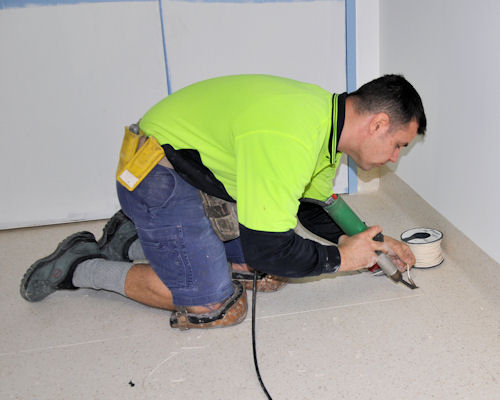Looking after your knees
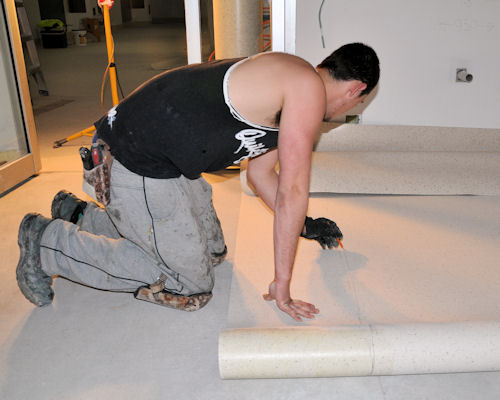 Audio for slide 1 (mp3 |6|KB)
Audio for slide 1 (mp3 |6|KB)
The problem is that although knees are very good at carrying the body's weight when you're upright, they not designed to bear a lot of weight when you're moving around in a kneeling position.

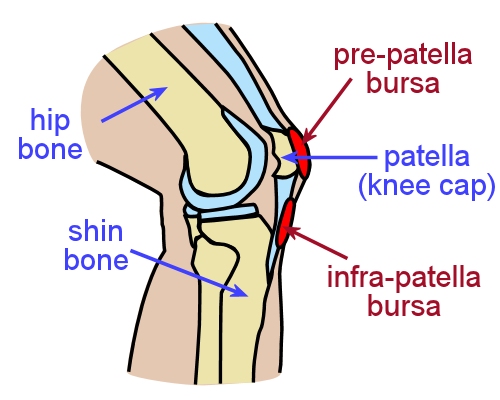 Audio for slide 2 (mp3 |6|KB)
Audio for slide 2 (mp3 |6|KB)
There are several other bursas in the knee, including the infra-patella bursa, that can also become inflamed if you spend a lot of time working on your knees.
When a bursa is operating normally, it holds a few drops of fluid which lubricate the movement between the bones and tendons.
But if the joint is put under too much pressure or strain, it tends to collect excess fluid and swells up, sometimes quite dramatically.

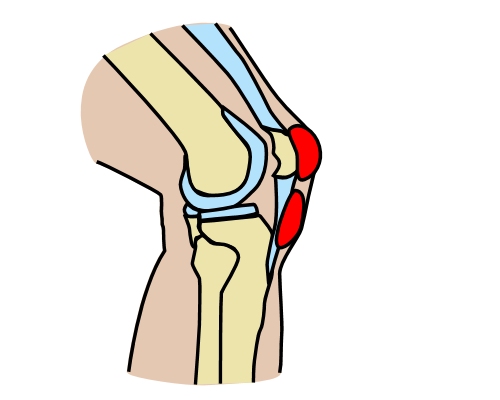 Audio for slide 3 (mp3 |6|KB)
Audio for slide 3 (mp3 |6|KB)
Long term abuse of your knees eventually wears out the surfaces of the joints between the bones, causing arthritis.
The simplest treatment for a mild case of bursitis is to rest your knee and put ice on it. In more serious cases the bursa may need to be drained with a needle.
If the pain and swelling become chronic, the bursa might have to be removed through surgery.

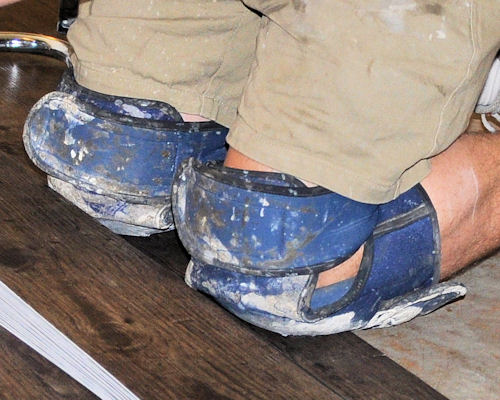 Audio for slide 5 (mp3 |6|KB)
Audio for slide 5 (mp3 |6|KB)
Knee pads
There are lots of different knee pads on the market, ranging from cheap mass-produced products to high quality custom-fitted models.
Don't wait until you're nursing an injury before you start to wear knee pads!
You should put them on whenever you're going to be working on your knees.
It goes without saying that if you look after your knees while they're still healthy, you'll be able to keep them that way for many years.

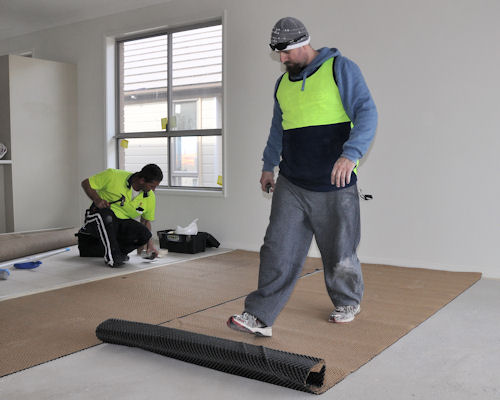 Audio for slide 6 (mp3 |6|KB)
Audio for slide 6 (mp3 |6|KB)
Stretches and exercises
Keeping the muscles around your knees strong and flexible will help you to reduce the chance of an injury.
There are lots of exercises you can do to strengthen your muscles and improve your flexibility. If you play competitive sports on weekends or go to the gym or a fitness class regularly, you may already being doing some of them.
Have a look at the examples shown on the Just for fun page for this section. These simple exercises will help to get you started.


Learning activity
Audio 7 (mp3 |6|KB)Do you have your own knee pads? If so, what brand are they? Are they comfortable to wear, and do they stay in place while you're working?
If you haven't yet bought your own pair of knee pads, do a search on the web to see what brands and models are available. Choose a suitable one for your needs. Write down the brand, price and a brief description of the design.
Share your answers with your trainer and other learners in your group.






